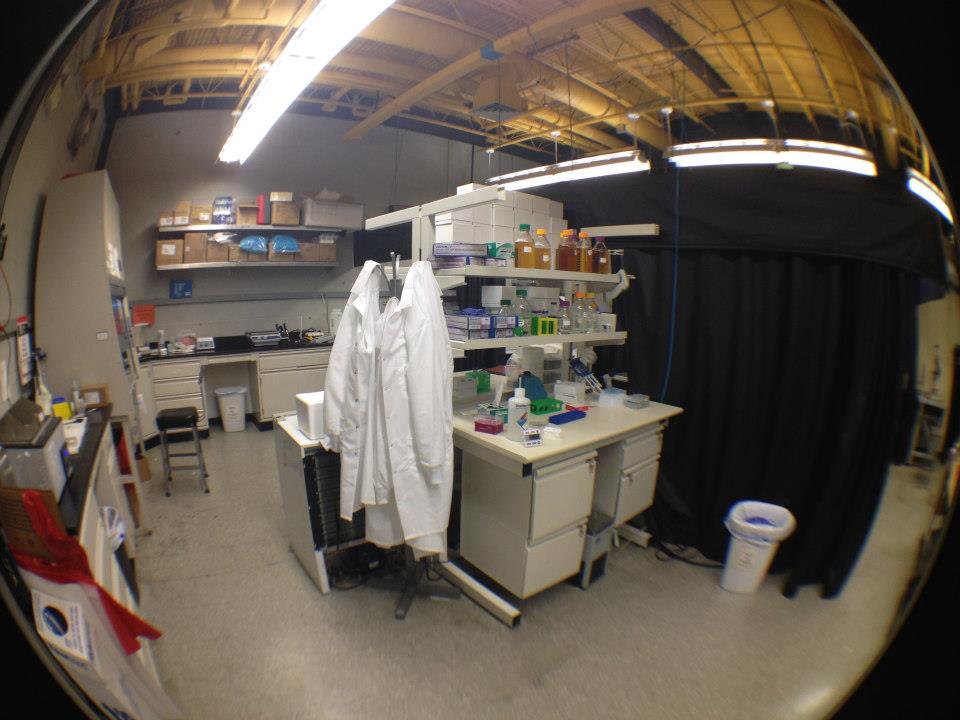My group's research centers on elucidating the physical and statistical properties of living systems from an excitable systems perspective. Using a combination of imaging, analysis and modeling my group identifies information contained in the structures and dynamics of living systems – from intracellular assemblies to cell groups. My group has established that mechano-chemical waves of the cytoskeleton act as one of the primary sensors of the physical environment of cells. Thus mechano-chemical waves serve as an “antenna,” monitoring the texture of the surrounding and other physical signals such as electric fields, and allowing cells to respond to their physical surrounding. My group also identified that cell and nuclear morphology are valuable early indicators of development and disease.
BRAIN Initiative: My group leads the Data Science Core, and co-leads the technology core of a BRAIN initiative Center grant entitled "Readout and control of spatiotemporal neuronal codes for behavior". We deploy new imaging technologies and data analysis techniques that will further our understanding of how large networks of neurons in the brain interact to process sensory information. (News) Work supported by a BRAIN Initiative Center grant from NIH-NINDS.
MURI: Understanding and Controlling the Coupled Electrical, Chemical, & Mechanical Excitable Networks of Living Systems: This MURI took a comprehensive, multidisciplinary approach to elucidate the integration of biochemical, electrical and mechanical (BEM) signals in single cells and multicellular collectives. Our objective was to demonstrate how excitable network characteristics allow for novel cellular control strategies using controlled electric fields (EFs). This MURI provided a novel perspective on now organisms sense their physical environment that is starting to provide the cornerstones for new man-machine interface designs geared to physiology and human performance. Work supported by AFOSR, with additional support from ARL and Lockheed Martin.
Data Science in Physics: Data Science and Machine Learning are emerging as powerful drivers of innovation across all areas of physics including the physics of living systems. I served on the inaugural leadership team that started a new APS Group on Data Science (GDS) and served as chair of GDS in 2021-2022. I am part of a team that won an APS innovation award (PI: William Ratcliff, NIST) to start a Data Science Education Community of Practice (DSECOP)
